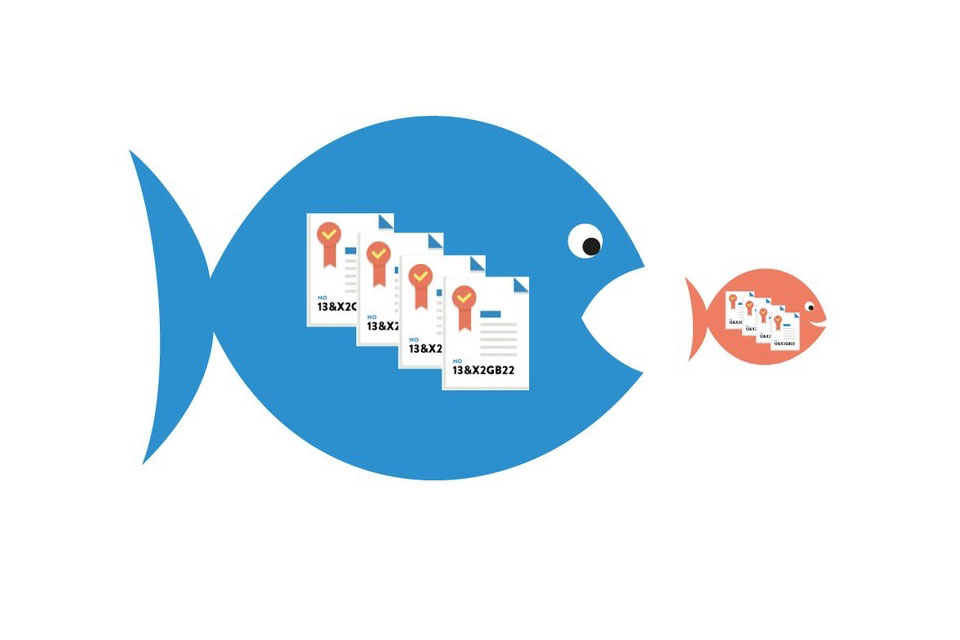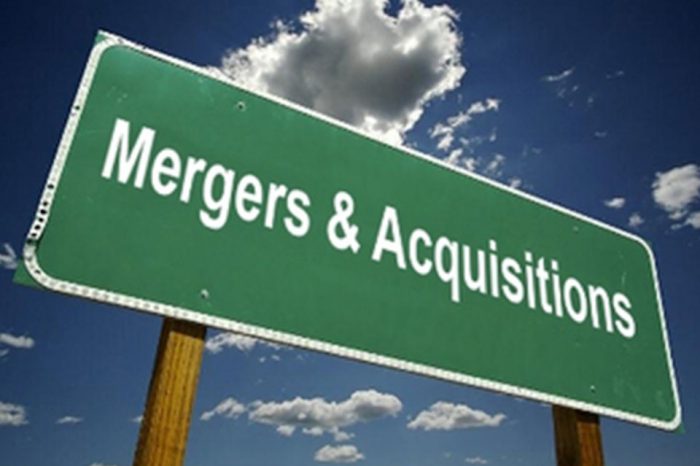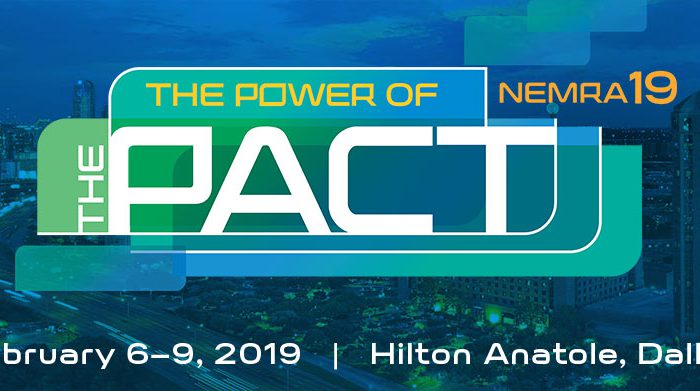Distributor Acquisitions Dominate January

There were six distributor acquisitions in January.
While the Super Bowl was a defensive battle, both teams exhibited high powered offenses in January. Their aggressive offenses positioned them for success just like the recent acquisitions by a number of electrical distributors. 2018 was a relatively quiet year for acquisitions, and yes, many of the “mid-sized” companies have been acquired, but late 2018 had a number of ongoing conversations that are now culminating in deals.
Whether it is:
- Lack of succession
- The cost of continued investments in technology (eCommerce, ERP systems)
- Accelerating healthcare costs, or the need to
- People management concerns, or
- General business competitiveness as major lines, especially distribution equipment and lighting companies favoring larger distributors.
Distributor owners are saying “it’s time to monetize the business.”
A number of distributors have recently sold their businesses to much larger companies. These include:
- Main Electric Supply (NJ) selling to USESI, which follows Lindley Electric (Lebanon, PA) selling to USESI last spring. Main, an IMARK member, will become part of USESI’s Monarch Region. The deal will be closed in mid-March according to sources. USESI, through its various companies, now has well over 100 branch locations. USESI is a member of IMARK.
- Sonepar acquiring North Coast Electric which reportedly was sold for more than $400m. In 2017 North Coast had revenues of $510M, so, presumably with some growth, they acquisition price was “healthy” which is befitting a company of North Coast’s stature. North Coast reportedly has been preparing its exit strategy for a few years and consciously sought to improve profitability to enhance its EBITDA. Given that North Coast is a large Rockwell distributor there was limited potential acquirers whom Rockwell would supposedly confirm as viable, long term, distributors given their avowed interest in reducing the number of distributor owners. From our guesstimates, viable candidates, other than Sonepar, would have been CED and Border States.
- WESCO purchased Sylvania Lighting Services, which had revenues of $100 million. This is an interesting deal as it provides WESCO with a niche business (turnkey lighting solutions and lighting maintenance) that may have been nicely profitable due to maintenance contracts and billing for labor a la a contractor while also representing the opportunity to further penetrate accounts with other WESCO services. Additionally, historically SLS focused on providing Sylvania products. While there may be commitments attached to the acquisition, it could represent an opportunity for WESCO preferred lamp and lighting fixture suppliers.
- Kendall Electric followed up its November acquisition of Wabash Electric with its recent expansion into the Cincinnati market with the acquisition of the $130m+ Becker Electric Supply. Kendall was the winner amongst 3 bidders (one a well-known national chain, the other a more “unconventional” national chain”.
- Werner Electric, known as a strong Rockwell distributor, further diversified and expanded its lighting business through the acquisition of US Lamp (Green Bay, WI.
- Power-Flo Technologies, parent of United Electric Power, Aetna Electrical Supplies (New Hyde Park, NY), Long Island Electrical Distributing, and Auburn Armature Inc (AAI) acquired Twinco Supply, an HVAC distributor and more. Power-Flo and its associated companies are IMARK members.
And there are others seeking deals as well as those considering selling.
The challenge for many small distributors is knowing whom strategically may be interested in their business, and hiring a business broker who will “paper” anyone isn’t a smart decision, can delay the process and inevitably cost more money.
This rash of acquisitions, combined with identifying the trends of the acquirers, starts begging to the question:
- When will national chains represent 50% of industry volume?
- 3 years?
- 5 years?
- 10 years?
- And if that is further out, when will the national chains plus “super regionals” represent 70% of the business.
We would define national chains and regionals, in no particular order, as:
- Sonepar, CED / USESI (as they are related but separate companies), Rexel, WESCO, Graybar, Crescent, City Electric
- Super Regionals are Mayer, Border States, Elliott (southwest only)
Anyone to add?
With eleven months left in the year there will surely be more deals done, hence greater revenue consolidation which will mean more leverage for these companies.
Independents will need consider strategies to further compete, which represents new opportunities for marketing groups.
Manufacturers continue to need to refine their strategies and balance distributor centralized initiatives and in-field local support and will need to consciously consider their channel strategies … how much to invest in their chain initiatives and a desire to do more with few vs balancing how many independents to work with. This could be much akin to “whether you are in or out at Home Depot?”
Small distributors are not going away as, aside from succession issues, these companies represent family livelihoods and many of these companies do not aspire to becoming large organizations. They are content “serving three counties” or a geographic area within their state. And some are high profit niche companies serving a segment of the market. These entrepreneurs have passion for their business and will run, and profitably grow, them until they have no succession and need to monetize their business for family wealth reasons.
The “middle” is were the risk is as these companies are on everyone’s radar. If there is no succession plan and ownership is approached with a significant number, in many instances “life changing”, families / ownership will take the path of least risk.
The question then becomes, how do companies that plan for long-term independence (had a client recently say “we’ll be in the business another 10-20 years”), cost-effectively compete in the changing environment (and how can groups helps)?
So
- Thoughts on the acquisition market?
- Is consolidation good for manufacturers?
- 50% of industry sales to national chains by when?
- 70% of industry sales to national chains and super regionals by when?






















